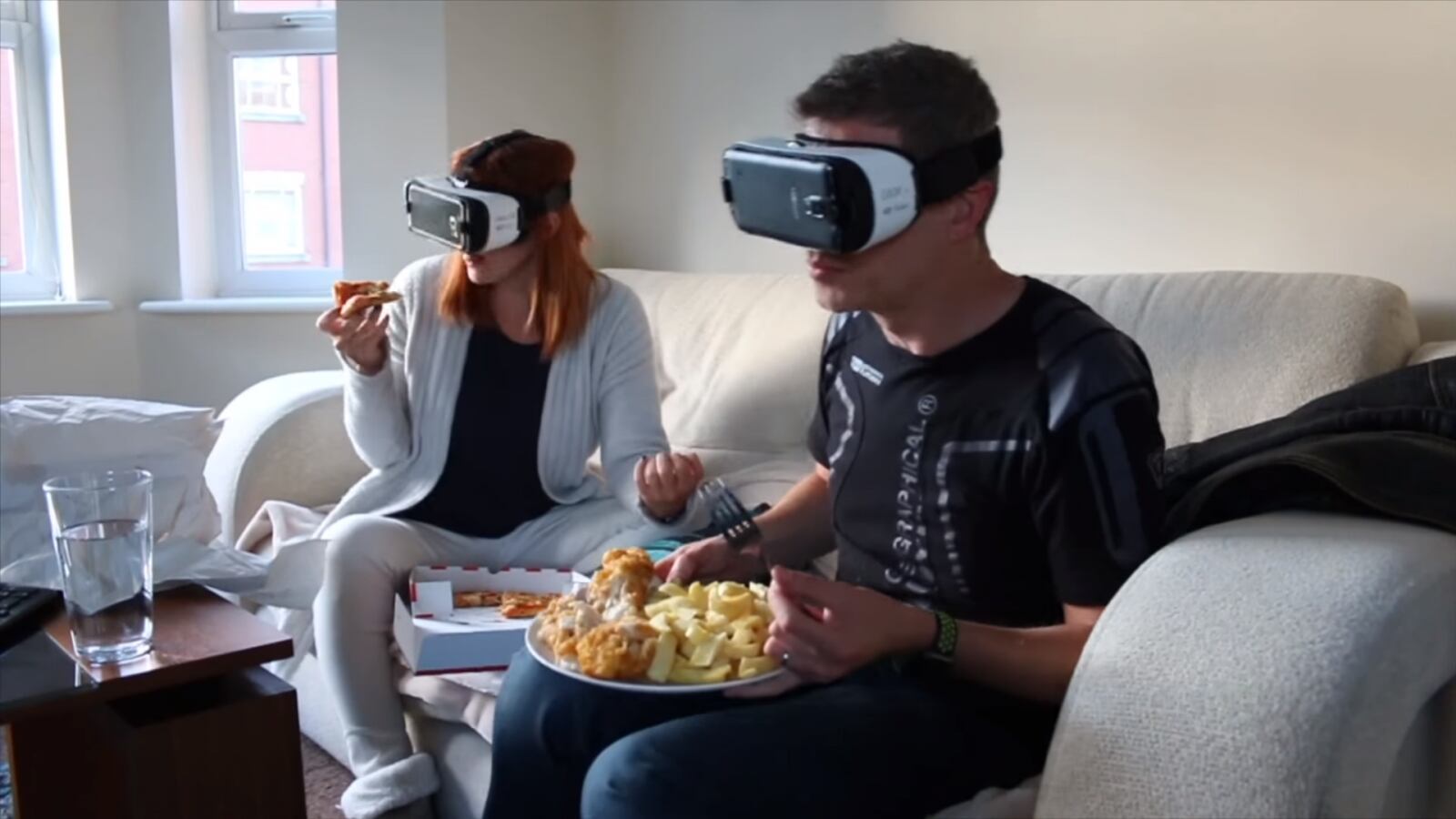A critical part of the food eating experience is the environment or “sensory context” that affects our perception of a certain food item, according to researchers of the study.
Past research has demonstrated that identical food served in a gourmet restaurant setting vs. a sensory booth with a plastic tray resulted in different perceptions of food quality (Garcıa-Segovia, Harrington, & Seo, 2015).
In another study, tests of crackers, sparkling water, and a fermented milk beverage yielded higher ratings when consumed at home vs. a central testing location (Boutrolle, Delarue, Arranz, Rogeaux, & Koster, 2007).
“We consume foods in environments that can ‘spill over’ into our perceptions of the food. Thus, we consider some foods ‘unsuitable’ for certain settings, with others deemed more suitable for this locale,” researchers wrote in the report.
Researchers also noted that using VR technology can provide a cost-effective and convenient way for food manufacturers and brands to conduct product testing among a larger test sample with more immediate results than traditional consumer sampling methods.
Methods and results
In a pilot test using a VR headset, 50 participants were asked to taste three identical samples (participants were unaware the three samples were identical) of blue cheese in three virtual contexts: a booth in the Cornell Sensory Evaluation Center (operating as the control condition), a park bench (in the Cornell Botanic Gardens), and a feed trough at the Cornell Dairy Barn.
An additional training video was presented immediately before sampling, to orient the panelists with the VR environment asking panelists to rate a variety of imagined stimuli (e.g. brightness of sun, loudness of a lawnmower).
Respondents rated their liking of the cheese sample on 9-point scale, as well as the perceived saltiness and pungency of the three samples.
As researchers hypothesized, the participants perceived a more pungent odor in the virtual dairy barn setting compared to the other two virtual environments. The rating for saltiness was rated slightly higher in the sensory booth and barn settings.
In addition, female participants reported a higher perception of pungency and saltiness in all three virtual environments compared to male panelists.
The participants' general liking of the sample did not change across the three contexts and researchers attributed this finding to participants not particularly liking the blue cheese sample to begin with, regardless of the sensory context.
Most panelists rated their liking of the three identical blue cheese samples as “5” on a 9-point scale meaning they neither disliked or liked it.
“At this level of liking, it may be more difficult to pick up small changes in liking induced by contextual shifts, as the 9-point hedonic scale performs somewhat unpredictably around the neutral category,” researchers reported.
A lack of familiarity with the 9-point rating scale could have also contributed to the study’s outcomes, researchers added.
“Despite panelists completing scale training, it does remain a possibility that a lack of familiarity with the scales masked some alteration to flavor attributes or to liking in the study.”
Proof of concept for VR and food sampling
Consumer testing is an important step for many new brands and products before going to market, but it can be an expensive and tedious process to set up multiple physical settings for panelists to sample food and/or beverage items.
“Our results establish a proof of concept that virtual reality immersion can provide context to sensory evaluations sufficient to alter panelists’ perception of a food product,” researchers noted.
“This approach offers clear advantages in terms of convenience and versatility compared with an artificially constructed physical environment. Results may be useful in sensory and consumer testing of foods in more realistic concepts, and in food appropriateness evaluation.”

